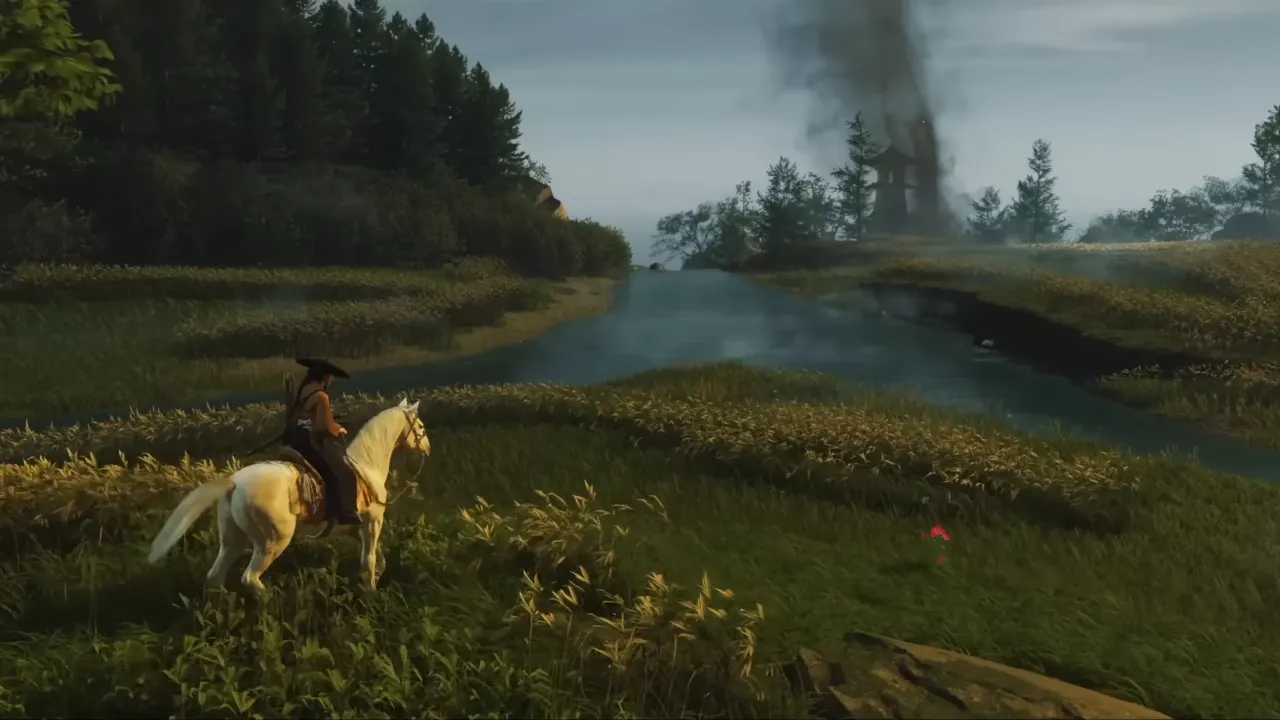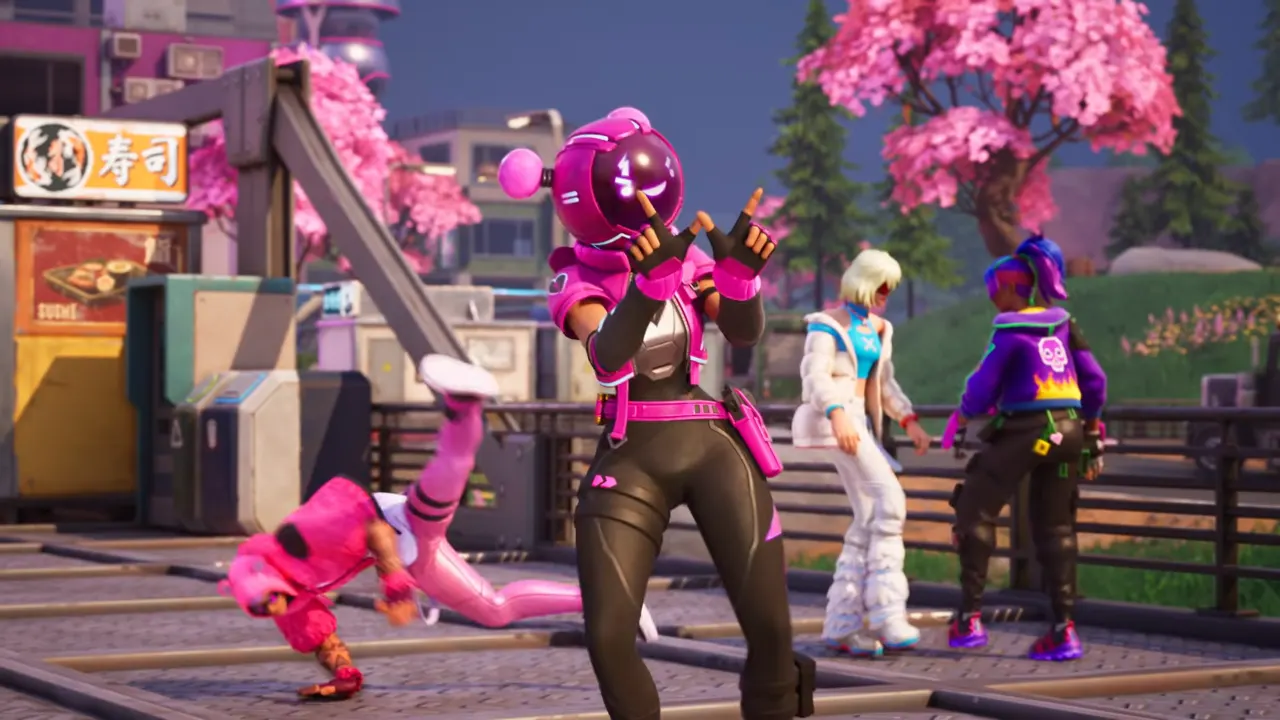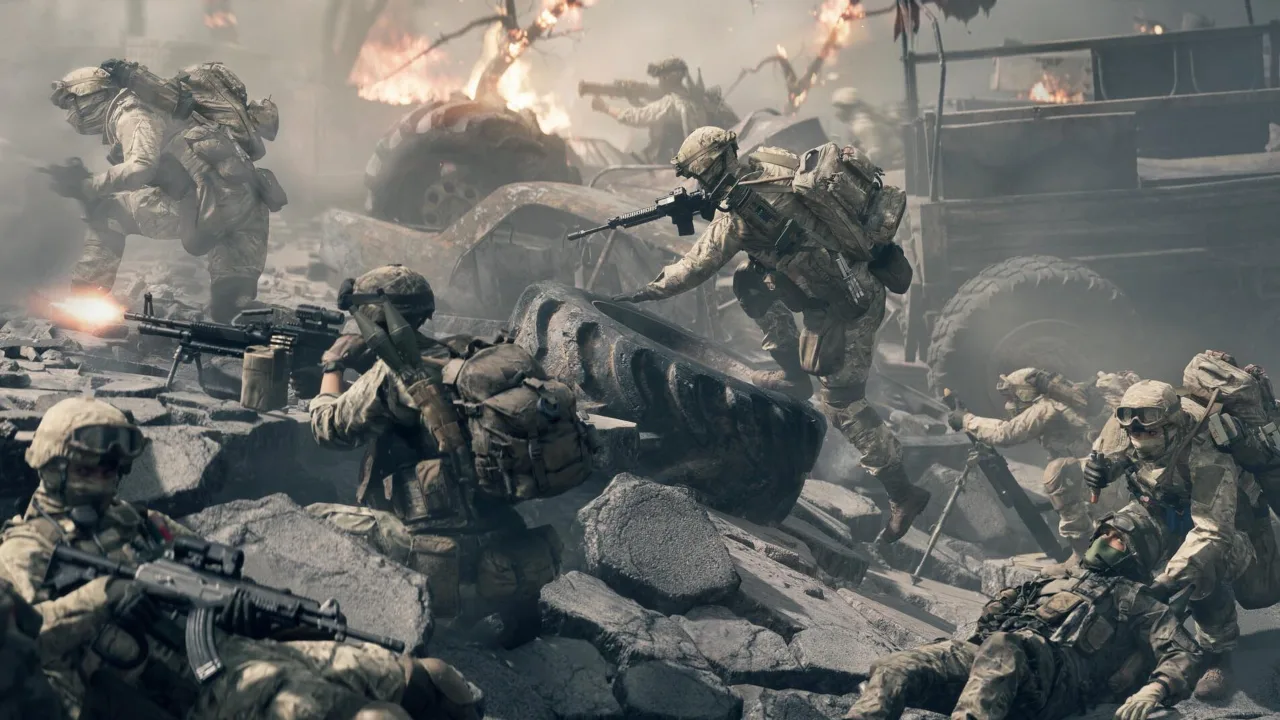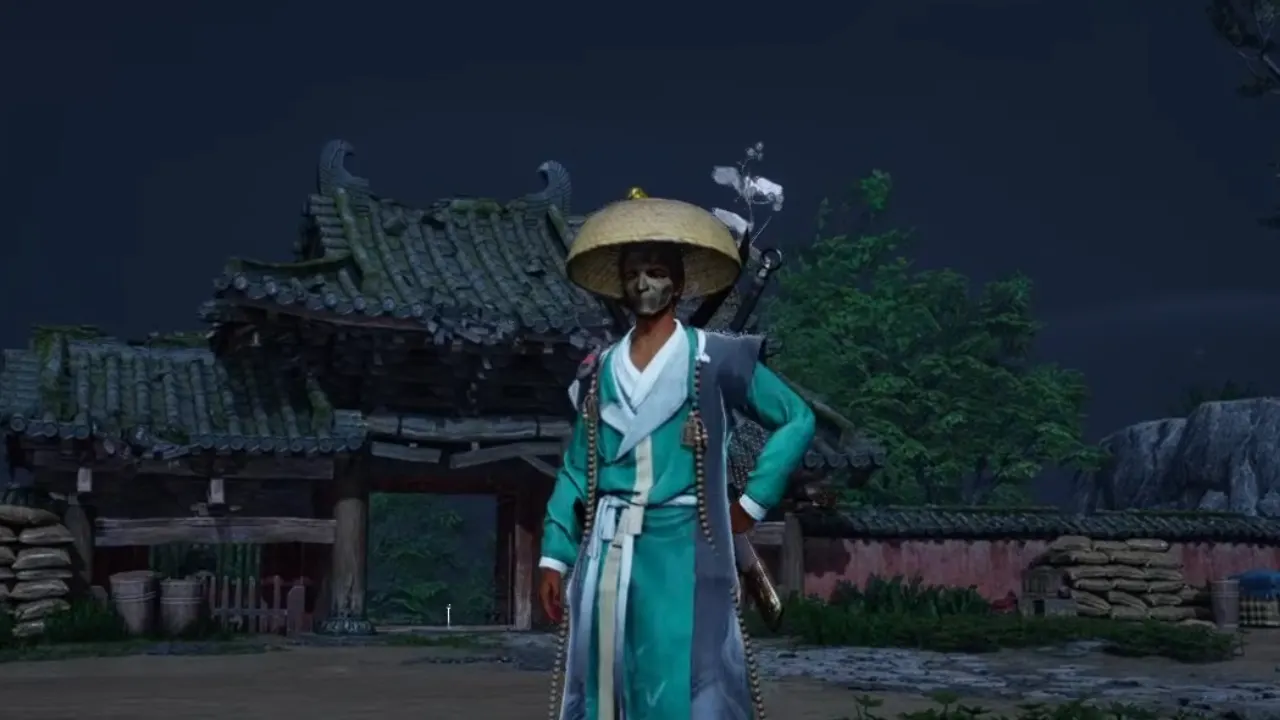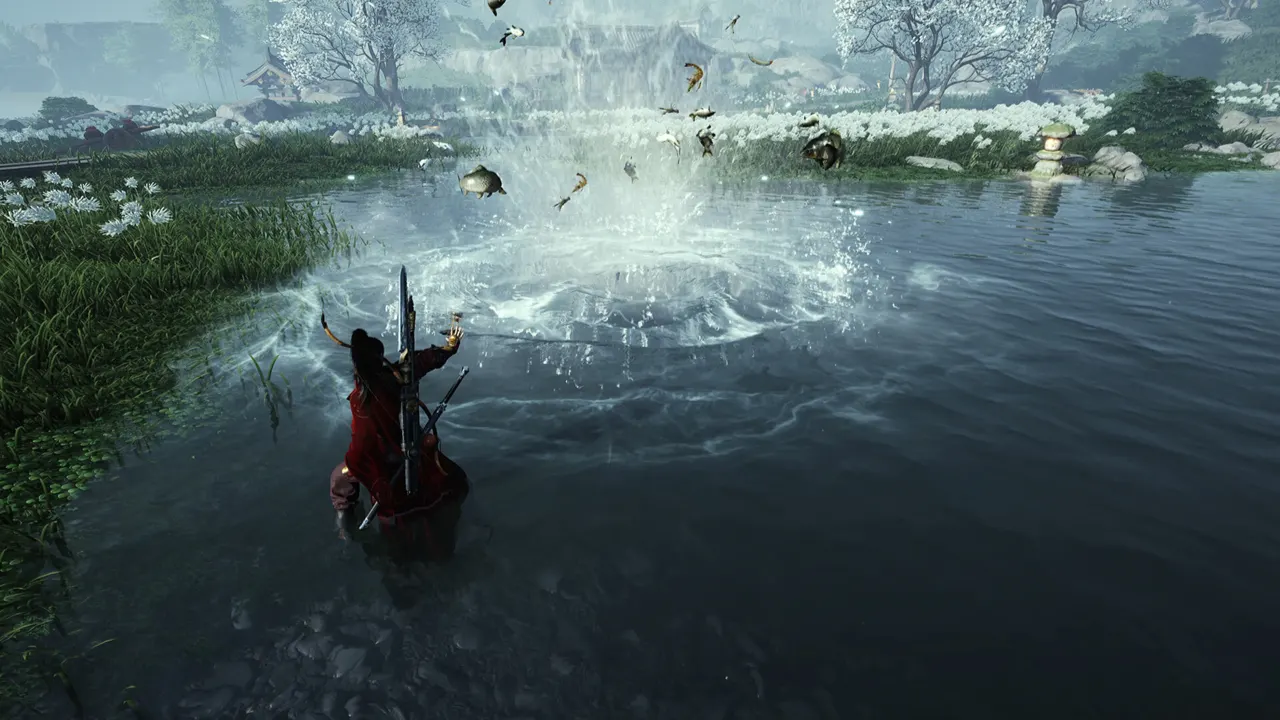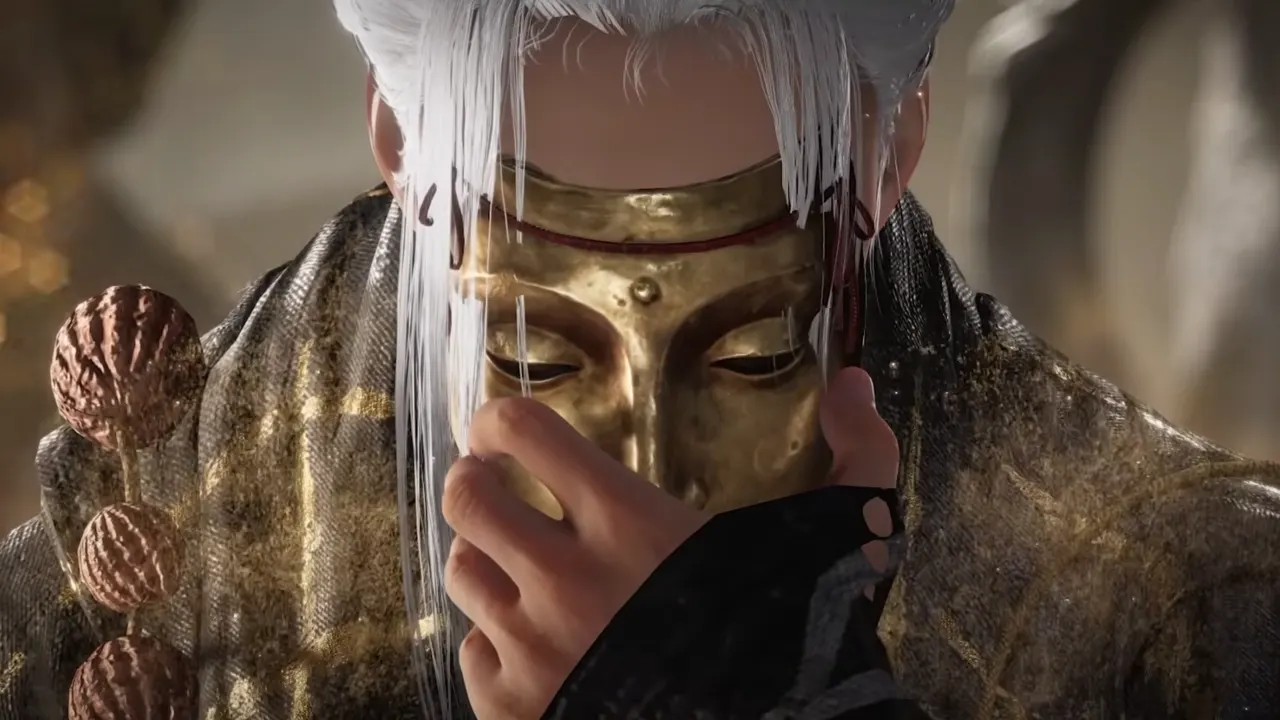Ghost of Yotei arrives as Sucker Punch’s long-awaited sequel to Ghost of Tsushima, and one of the biggest questions fans wonder is how big the new Ghost of Yotei map is. At first look, setting the story in the Japanese part, Hokkaido (known in-game as Ezo) suggests a world that should absolutely dwarf Tsushima. In reality, the answer is slightly more nuanced. The developers made it clear that the sequel’s open world wouldn’t balloon just for scale’s sake but thanks to its design, Yotei’s open world feels bigger than its predecessor.
What Developers Say About Ghost of Yotei Map Size
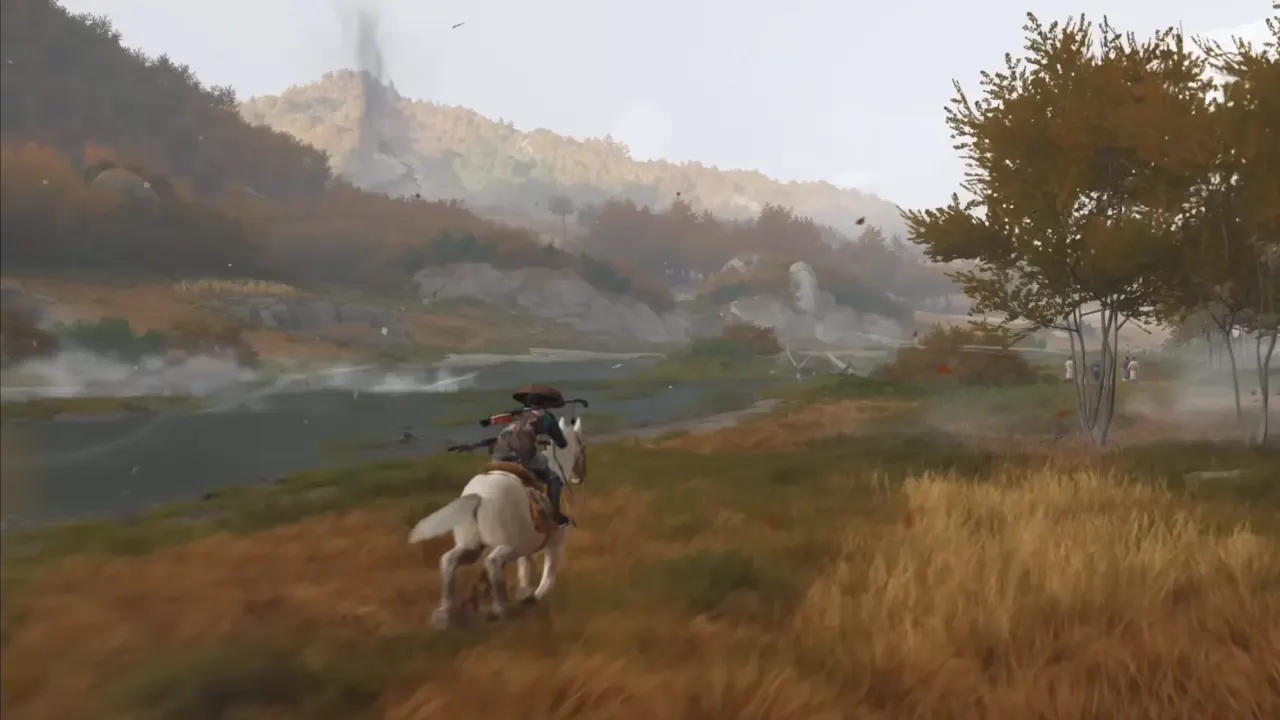
From early interviews with creative directors Nate Fox and Jason Connell, Sucker Punch confirmed that Ghost of Yotei’s map is roughly the same size as Ghost of Tsushima’s. Unlike some sequels that expand the world only to claim “bigger,” the team focused instead on density and play experience.
Fox explained that doubling the map would require twice the content, which has a higher risk of repetitive filler. Since Tsushima was already considered massive, Yotei aims to deliver the same scope but with rich exploration and more valuable encounters.
Previously, in a talk to Automaton, Jason Connell, Co-Director of Ghost of Yotei, said:
Even though the map is roughly the same size, Hokkaido is obviously much larger than Tsushima in real life, so we concentrated our efforts on making the world appear larger than it actually is. You’ll see vast plains and massive mountain ranges towering in the background. This is all scenery that wasn’t as present in Tsushima, and it’s designed to help players feel the scale of things.
If we did that [doubled the size of the map], we’d have to fill the map with twice the content, and that content would need to be meaningful so as to not tire the player. Ghost of Tsushima was already a big enough game, so rather than upscaling just for the sake of it, we chose to focus on delivering more variety and higher quality while maintaining a similar scale.
Ghost of Yotei’s Map is Slightly Larger Than Tsushima
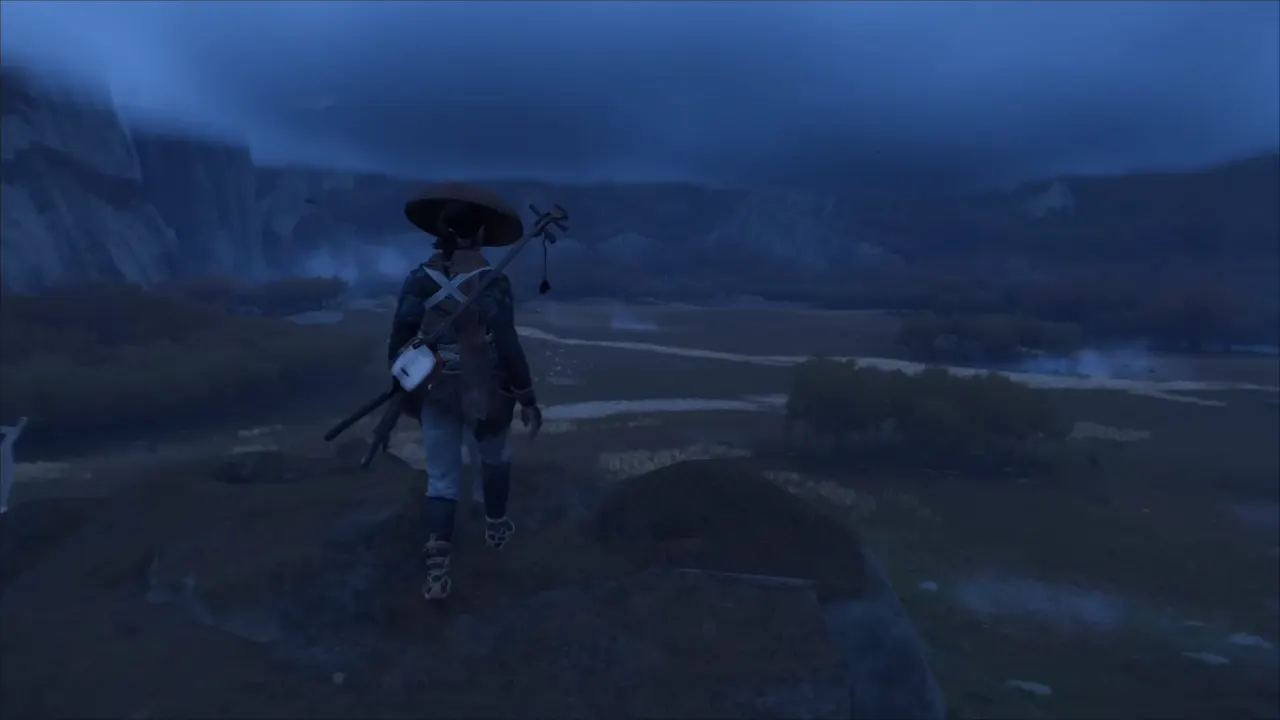
Tsushima in the first game was split into three main regions across separate islands. Yotei changes that structure by giving players a map divided into six different regions:
- Yotei Grasslands and Tokachi Range form the connected heart of the world.
- Nayoro Wilds, Teshio Ridge, Ishikari Plain, and Oshima Coast branch out from the central hub.
The layout instantly looks different. Instead of a vertical north-to-south progression like Tsushima, Yotei spreads its regions outward. This makes travel between areas like you are on a long journey, especially with natural bottlenecks like valleys and rivers. Even though the actual square mileage doesn’t tower over Tsushima’s, the map tricks your sense of distance.
Two major factors are involved in Yotei’s illusion of scale:
- Scenery & Landmarks – Mount Yotei looms in the background of early zones, but as you move further into the wild, its visibility shifts. This alone makes you feel like you’ve crossed massive ground. Wide plains, snow-covered forests, and jagged mountain ranges stretch beyond the traveling borders, which constantly sell the concept of a massive Hokkaido region.
- Exploration Systems – To make wandering worthwhile, Sucker Punch included small mechanics to bring curiosity to the table. Running through flower fields gives a movement boost, while trails often lead to secrets. New tools like telescopes and binoculars let you pause and admire the scenery, connecting immersion directly into gameplay.
These design features together result in a map that is grander than Tsushima’s, even when there is a minimal difference in actual size.
The sequel also benefits from being a single, large landmass instead of multiple islands; this structure reduces downtime between zones and makes the journey continuous.
Ghost of Tsushima vs Ghost of Yotei: Map Comparison
| Feature | Ghost of Tsushima | Ghost of Yotei |
|---|---|---|
| Real-World Setting | Tsushima Island (located between Japan and Korea) | Ezo (current Hokkaido, northern Japan) |
| In-Game Time Period | 1274, Mongol Invasion | 1603, early Edo period |
| Playable Regions | 3 main regions: Izuhara, Toyotama, Kamiagata (+ Iki Island in DLC) | 6 regions: Yotei Grasslands, Tokachi Range, Nayoro Wilds, Teshio Ridge, Ishikari Plain, Oshima Coast |
| Map Layout | Stacked vertically from south to north across three islands | Central hub (Grasslands + Tokachi), with four branching outer regions |
| Map Size (In-Game) | Large, ~28 sq km (community estimates) | Roughly equal to Tsushima’s, possibly slightly larger |
| Map Progression | Divided by story acts, unlocks regions through progress | Still split by acts, but with more freedom to explore across regions |
| Exploration Style | Guided by wind, fox dens, bamboo strikes, hot springs, and shrines | Adds exploration incentives like flower trails (speed gains + secrets), telescopes, binoculars, and dense environmental storytelling |
| Scenery & Atmosphere | Iconic biomes (golden forests, red flower fields, marshes, snowy north) | Vast plains, snowfields, river valleys, and very high Mt. Yotei as a central landmark |
| Illusion of Scale | Map seems large but bounded by island geography | Clever region layout and background scenery make Ezo feel bigger than it is |
| Overall Size Verdict | Large, but true to Tsushima’s scale | Similar in scale, designed to feel very big |
Instead of chasing raw numbers, Sucker Punch built Yotei’s Ezo to be dense, scenic, and rewarding to explore. It may not out-measure Tsushima in square miles, but in how it plays and feels, the Ghost of Yotei map easily captures the sense of stepping into a wide, living wilderness, and that’s exactly what a great open-world samurai needs.

